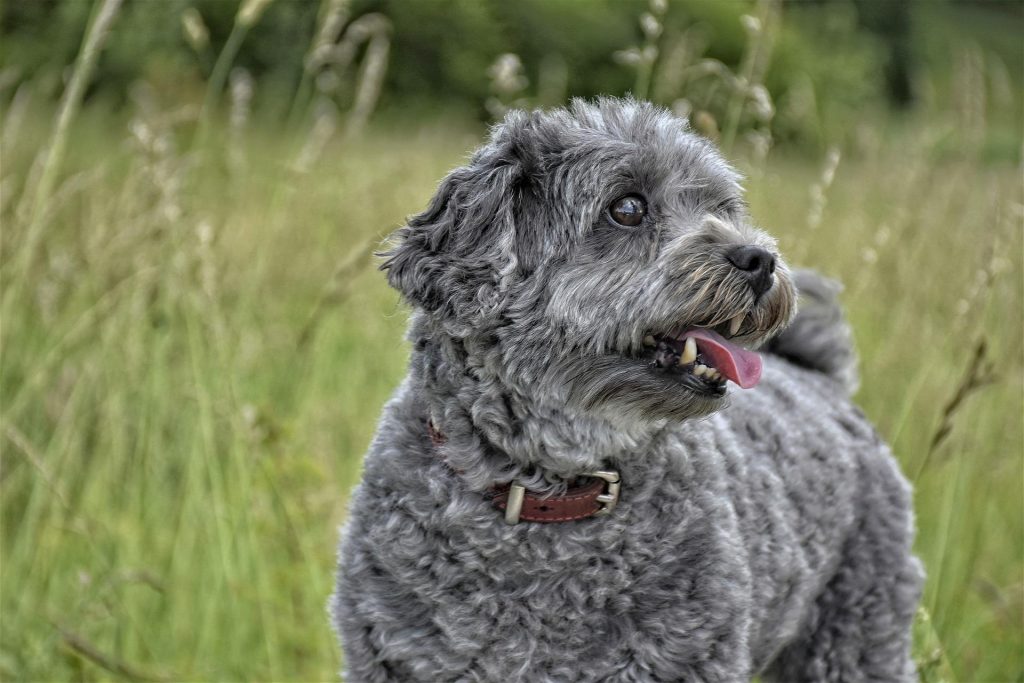Find engaging jobs for different dog breeds! Keep your dog healthy, happy, and stimulated with activities matched to their unique instincts.
Many dog breeds need jobs in order to thrive. Find the best activities to keep your canine happy, healthy, and engaged.
Many dogs have evolved to do more than provide us with companionship. Over multiple generations, people developed different breeds to fulfill specific roles, from herding to hunting to retrieving. These dogs need to work to maintain their peak mental and physical fitness. In some cases, it can also prevent behavior problems.
This article explores how different dog breeds have different jobs. These differences depend on breed characteristics and natural instincts. You’ll also learn how to find a job for your dog that aligns with his innate talents.
Basic breed groups
Whether your dog is purebred or mixed, his breed makeup plays a role in the type of work he’s best suited for. A herding breed, such as a Border Collie, can be trained to compete in agility and obedience competitions. A beagle has a sharp sense of smell and keen prey drive. These traits make him well-suited for tracking or nose work.
Here are a few breed groups and what they were bred for:
- Hound group: Afghan Hound, Basset Hound, Beagle, Dachshund, Whippet, etc. Developed for hunting, these dogs are known for their stamina and keen sense of smell.
- Sporting group: Cocker Spaniel, English Setter, Labrador Retriever, Weimaraner, etc. These dogs have keen instinctive behaviors and high activity levels. Traditionally used for hunting and retrieval of game.
- Terrier group: Airedale, Bull Terrier, Staffordshire Bull Terrier, Wire Fox Terrier, etc. Lively, frisky and energetic, terriers were bred to dig out and kill rats, mice, rabbits, and other “vermin”.
- Working group: Akita, Alaskan Malamute, Boxer, Doberman Pinscher, Great Dane, Saint Bernard, etc. Guarding and sledding, among other roles, have made these breeds an invaluable asset to humankind over the years.
How to choose the right job for your dog breed
- Selecting the right job for your dog starts with understanding that not all canines – including mixed breeds — are suited for every type of work. Consider not only the above-mentioned breed traits, but also your dog’s individual temperament, age, and health status when determining her suitability for a particular role.
Older dogs, or those with mobility problems, typically aren’t good candidates for demanding tasks such as flyball or dock diving. Meanwhile, a friendly, sociable dog of any breed or age can become a therapy dog at a local hospital or retirement home. - Depending on what job or activity you choose for your dog, training is essential to ensure she understands and can reliably perform the required tasks.
Start with basic obedience to establish communication and build a foundation of trust and respect. Then progress to task-specific training using positive reinforcement techniques.
Depending on the job or activity, you could teach her to do tricks, fetch objects for you by name, sit obediently while a nursing home resident pets her, or navigate a challenging agility course. - If your dog’s job will entail being around other people and animals – e.g. if you plan to take part in flyball competitions or have her visit hospitals or schools as a therapy dog — you’ll need to expose her to various environments, people and situations to develop her confidence and adaptability.
Take it slow, return to a previous step if your dog shows any signs of stress or anxiety, and provide safe and comfortable surroundings for your dog to work in. - Whatever job you give your dog, keep in mind that her main function “after hours” is to be your companion. Even dogs that love to work need down time to relax and spend quality time with their people.
Many dogs benefit from having some sort of job to do. Jobs help prevent boredom and behavior problems, provide physical exercise, keep their brains busy and stimulated, and make them feel happier.
This guide to jobs for different dog breeds will help you find what best suits your canine. Just like people, dogs profit from expanding their horizons, and have almost unlimited potential to grow and develop.
Bored dogs may act out
Dogs bred for specific jobs often get bored or frustrated. They may act out if they don’t have an opportunity to satisfy their natural instincts.
For instance, Golden Retrievers and German Shepherds don’t thrive when cooped up in an apartment all day. They need plenty of physical exercise and mental stimulation to stay happy and content. Otherwise, they can become destructive, bark excessively, break their house-training or develop additional behavior issues.
Adapting traditional canine jobs to your lifestyle
If your dog falls into one of the breed groups mentioned in this article, it doesn’t mean you have to take her hunting or turn her into a sled dog to satisfy her needs. You can give her a job by using games, sports, and activities that exercise her skills.
An Australian Shepherd can be trained to do agility or play disc dog. A Basset Hound, on the other hand, could use her olfactory powers for nose work.
The post Jobs for different dog breeds appeared first on Animal Wellness Magazine.

